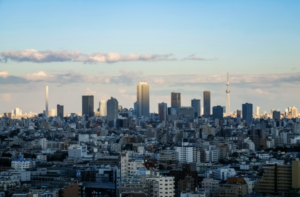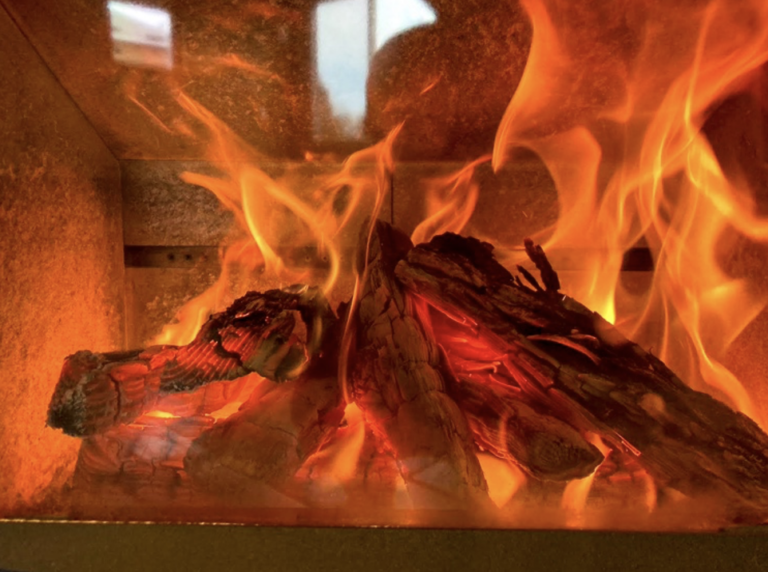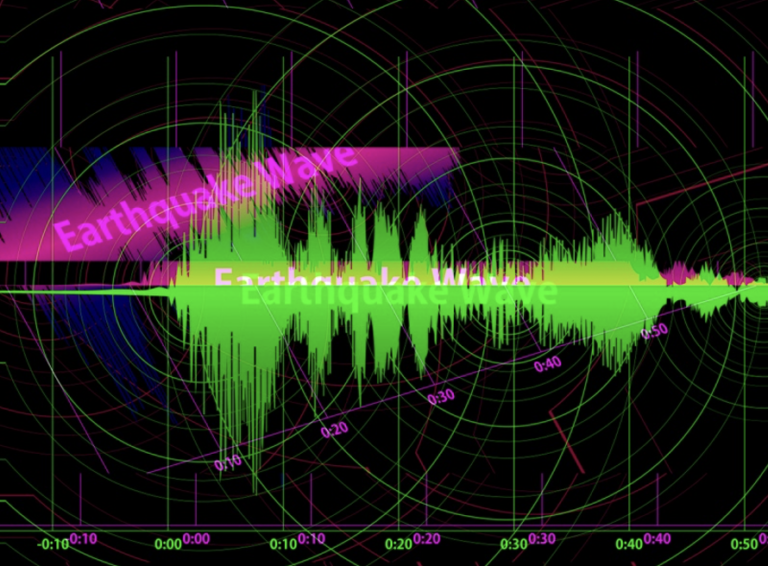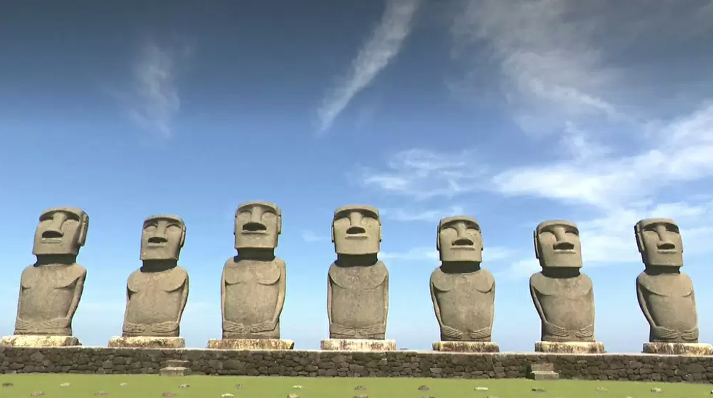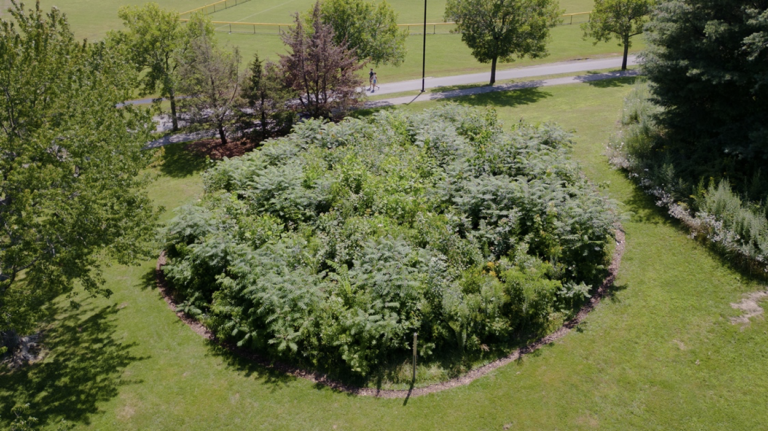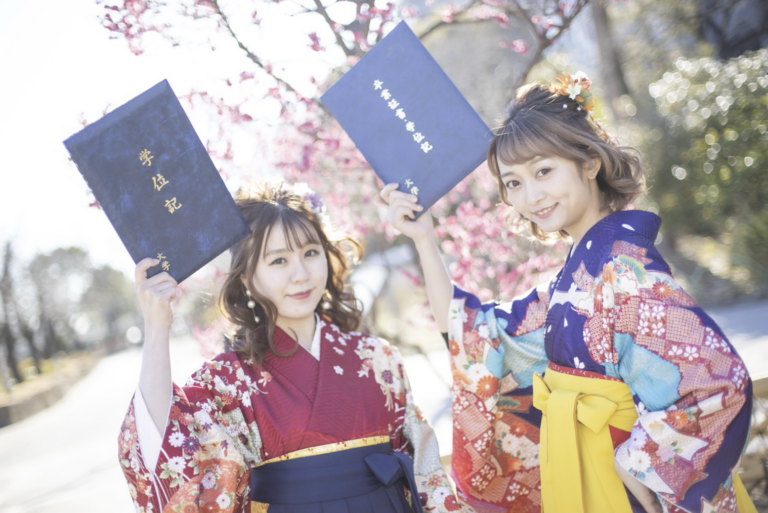Japan’s capital city is in the worst place. Did Tokyo have the worst environment?
When people overseas picture Japan, I think that Tokyo comes to mind for them. Tokyo is the political and economic center of the country, with a population of approximately 14 million. The Tokyo metropolitan area, which also includes Kanagawa, Saitama, and Chiba, has a population of 37.8 million, making it one of the largest cities in the world.
Part of present-day Tokyo used to be called Edo, and it has been the center of Japan since that time and has always been one of the most populated cities in the world.
However, did you know that Tokyo used to be a terrible environment to live in? Its history reveals the mystery of why a metropolis was built in the worst possible place.
The worst place full of disasters
Japan is an earthquake-prone country, but there are places in Japan that are resistant to earthquakes. Okayama Prefecture, for example, is an area where the ground is stable and very resistant to earthquake disasters. Tokyo, on the other hand, is a place that is susceptible to earthquake damage, and earthquakes even happen directly beneath the city.
Mount Fuji is not far away, and the scenery is pretty, but it is an active volcano, and it is not known when it will next erupt. It has erupted many times in the past and the damage caused by its volcanic ash even reached as far as Edo.
The city was ordered to be built in the Tokyo region
It was a samurai named Tokugawa Ieyasu who created Edo, the foundation of the city of Tokyo. He united all the samurai in Japan, and Tokyo became the center of Japan, but he did not choose Tokyo for himself. He was given the order to build a city in Tokyo at a time when there were still samurai in power above him. He worked hard to develop a place where he was not originally from.
Why didn’t it move?
After Tokugawa became head of state, he would have had the power to move the capital. The reason why he did not do so was because of its distance from the emperor’s family.
At the time, the emperor’s family was based in Kyoto and basically, the leader of Japan was the emperor. Tokugawa was commissioned by the emperor to rule Japan, but if the location was closer to Kyoto, there would be interference from the Emperor’s family, so he developed the place as it was.
When the Edo era period ended and politics returned to a new emperor-centered system, the emperor moved to Edo, one of the most developed cities in the world, and renamed it Tokyo, where it remains to this day.
Isn’t Tokyo the capital city?
We have been talking about the capital for a long time, but did you know that the capital of Japan is not Tokyo? Other countries have a constitution that defines the capital, but Japan’s constitution does not. Therefore, Tokyo is “the city that functions as the capital”.
There have been several talks about moving this capital to another part of the country, but everything has become so concentrated there that it has not been possible to move it.
Tokyo is also susceptible to earthquake damage and typhoons, which increase in strength year by year, so it may be necessary to consider relocating the capital or dispersing Tokyo’s functions to other cities in the future.
I am from Tokyo, so I don’t want to see the city become desolate, but there are ongoing discussions about relocating the capital’s functions.
The city of Tokyo also has some old, unmanageable towns, so it may be the right time for/ a fresh start in a new place.
ABE KENGO


